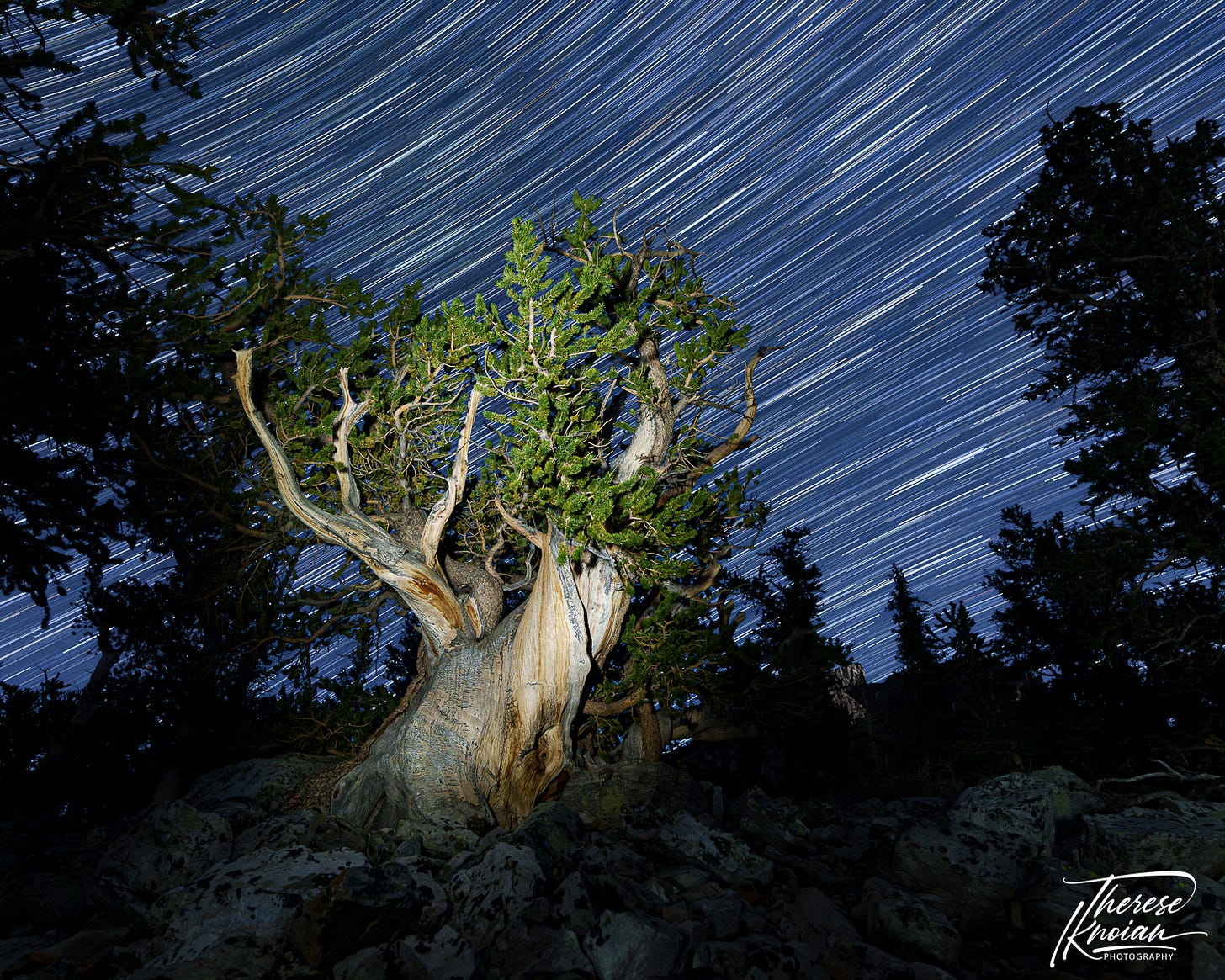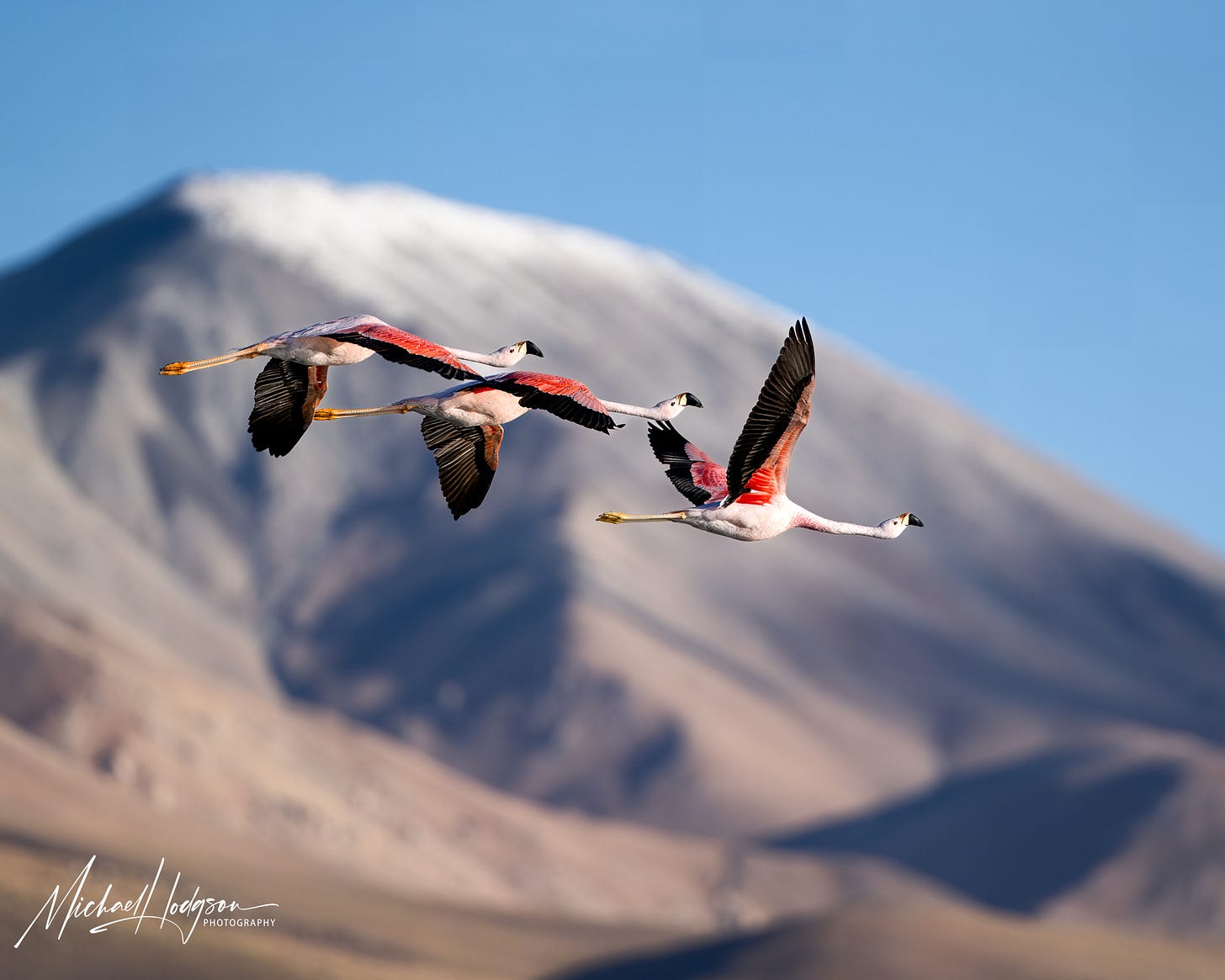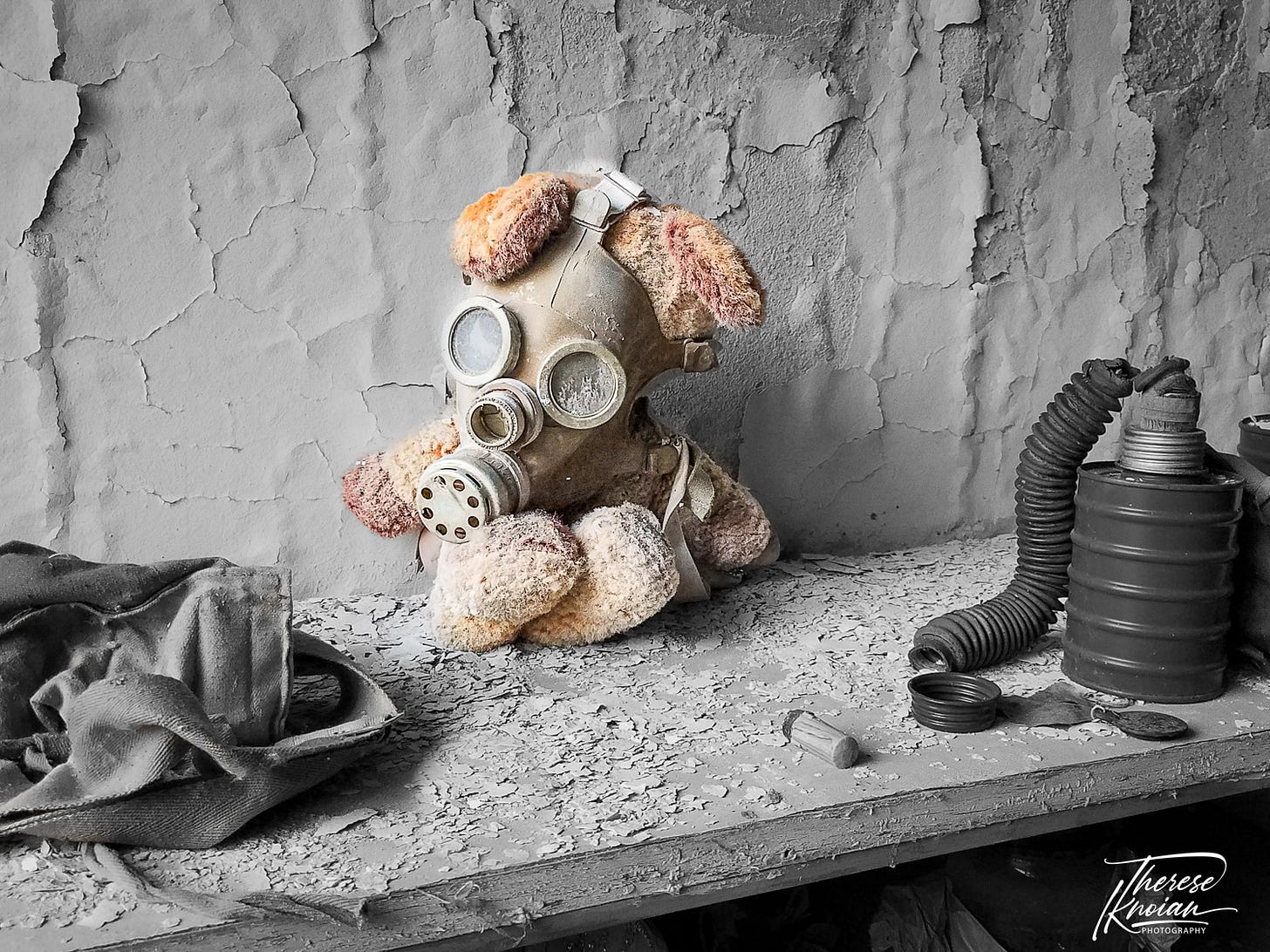Every year since 2010, photographers around the world have celebrated World Photography Day on August 19. This celebration of the art, craft, science, and history of photography takes place on that day for one simple reason – to honor the invention of the “Daguerreotype.” The Dago-what, you are likely thinking? To answer that, let’s look at a bit of photography history.
Louise Daguerre was a French artist and physicist and a partner with inventor Joseph Niepce, who created the first known permanent image, “From the Window At Le Gras,” from a method using a polished sheet of pewter coated with light-sensitive bitumen in 1826. Upon Niepce’s death, Daguerre developed his own photographic process in 1837, which he called the Daguerreotype. Simply put, it was a process using a polished silver-coated copper plate, iodine fumes, and mercury to produce images that were both positive and negative.
This method made it possible to capture an image previously seen inside a camera obscura and preserve it permanently. The preserved images offered a sense of realism and clarity that paintings could not match.
In 1839, Daguerre sold this invention and patent to the French Academy of Sciences in exchange for a lifetime pension. On Aug. 19, 1839, the full details of the process were made public and freely shared with the world. By the mid-1850s, millions of in-camera images had been created. However, taking photos was a cumbersome process involving large cameras, heavy copper plates, and placing a black hood over the photographer and the camera, usually forcing subjects to stand stock-still for long periods of time.
In 1884, George Eastman from Rochester, New York, improved upon the Daguerreotype process by replacing the copper plate with a dry gel on paper, which he called film. Photographers no longer had to carry around heavy copper plates and work with toxic chemicals. In 1888, Eastman created the Kodak camera, which allowed anyone to take a photo. And the world of photography has never looked back.
On this day, World Photography Day, we recognize Daguerre and his invention. More importantly, it allows all of us, as photographers and lovers of photography, to celebrate and support photographers everywhere. Share your favorite photographer’s photos on social media, and tag #WorldPhotographyDay. Buy a photo from your favorite photographer. Go out and take memorable photographs yourself.
For our part, we’re celebrating by each sharing three among our favorite photos and explaining a little bit about what inspired each photo, why and where it was taken. We hope you enjoy our images.
Standing Guard for Centuries
For thousands of years, bristlecone pines have stood guard on the world. And you must get above 6,000 feet to find these beautiful, gnarled, ancient trees. Therese hiked the three miles in before dark to the high-altitude grove in Great Basin National Park, walking with two friends among the trees, seeking a tree that spoke to her. Ah, this one will do! She then waited for night to fall to take a series of long exposures after scrambling up a rocky hill and balancing her tripod among the boulders. She then combined all the 30-second exposures in Photoshop to create a series of star trails to the east behind the tree. During the first photo of the series, she used a flashlight to cast some light on her chosen tree so it would stand out from its rocky slope as it reached for the stars overhead.
Soaring Spirits: Andean Flamingos in Flight
Laguna Grande is a beautiful saline lake in the Puna de Atacama of Northern Argentina, at an altitude of 13,615 feet. Michael was there with Therese and our guide, Lautaro, from Socompa Adventure Travel, to photograph fabulous flamingos. And there were thousands of them. It was just before sunset, and the light was spectacular. Michael found myself watching three Andean flamingos flying about, noting they kept circling and, each time, climbing a bit higher over the water. Before long, they were flying high enough it appeared they might fly in front of a snow-capped mountain to the south of the lagoon. Michael moved himself into position so he would be ready for a shot. After about 10 minutes of watching them fly about, the three banked higher and flew toward the mountain and then banked again, flying in perfect formation in front of it. Anticipation and preparation rewarded with what is now one of his favorite photographs.
Abandoned Nuclear Devastation
Just a month before the COVID pandemic shut down the world, Therese traveled to Ukraine and the Chernobyl zone of nuclear devastation - an adventure that, with the pandemic and then the Ukraine War, wouldn’t be possible today. That makes the trip and her photos even more special. With a small group, she spent four days in the Chernobyl zone of devastation (no, she wasn’t glowing when she came home!), documenting the event and its aftermath 34 years after the nuclear power plant exploded. Therese walked the grounds of Pripyat town, including going into the hospital where the first responders were taken after being unknowingly exposed to fatally high levels of radiation. Everything in the town and buildings stands mostly frozen in time but is slowly disintegrating into the ground and becoming entangled in overgrown trees and bushes. Although this gas mask was not part of the disaster and was likely placed on this toy by an unethical tour guide, it still signifies the devastation wrought to people and place in the 1986 nuclear explosion.
Joy of the Dance
Documenting a Biosphere Expeditions citizen science program in Kenya as a working photographer was challenging for Michael. With the heat and long hours, the drudgery of repetitive counting and recording of animals and animal signs dulls the imagined luster of being part of a unique Kenyan wildlife adventure. That is until the inevitable surprises, which frequently seem to come out of nowhere, turn the routine into magic. Daily delights, Michael liked to call them. They happen often, typically when least expected, always when most needed. One daily delight came at the end of a hot and dusty walking survey recording animal tracks and scat to see how close wildlife was getting to dwellings. He and others were walking back to their truck when Maasai warriors came out to greet them, surprising the group by inviting the little team of three into their village for a private tour. They performed a traditional Maasai dance for them. It was intimate and unforgettable, and his hope with the photo was to successfully capture the brightness, color, and pure joy in the warriors jump dance, performed just for the group.
Eye on the Milky Way
Rapa Nui (a.k.a. Easter Island) is one of the most remote places on earth – with ancient, gigantic stone monoliths standing guard on the tiny island since about 1300. Therese was able to visit the island that is part of Chile on a special night photography adventure. Local guides gained access to the national parks and moai that are normally off-limits after dark. Standing under some of the darkest of skies in the world, Therese was able to capture zillions of stars and the pristine Milky Way – all dancing over the heads of these centuries-old monoliths. Sometimes, she just had to put down the camera, sit back, look up at the skies, and ponder the mysteries the moai statues still hold. How did they get where they are? How were they carved? What did they really mean? Why were all of them toppled over? So many questions and an adventure like no other.
Eye on the Prize
Michael was in Geographic Harbor, Alaska, to photograph brown bears. Sitting on the rocky shore of a river that dumped its waters into the harbor, he watched as several bears milled about so close that he could hear them snorting and huffing at each other. Michael had his eye on one: A large, male brown bear who had already caught several salmon and seemed to be the most adept at fishing. He had a pattern of fishing that Michael made a note of. He would walk slowly along the shore opposite Michael, peering down. And then he would stop, stare, and after a few seconds, charge. His huge bulk would send spectacular cascades of water splashing with each charge. After several near misses, Michael noticed the bear’s current course would likely have him charging toward his lens if a salmon appeared, so he prefocused on the spot he thought the bear would head toward. With one eye on the bear and the other peering through his lens, Michael waited. Sure enough, a salmon rose near the river surface not too far in front of me, and the bear, as hoped, charged. Since he was ready, Michael was able to capture the shot he imagined – bear in mid-charge, water splashing, salmon visible, and a huge paw raised to strike.
— Story and photos by Michael Hodgson & Therese Iknoian










Love your photos! We had an amazing time with the Maasai tribe a few years ago too. Mark has it on his list to write up the story behind one of his award winning photos from that trip. Kenya is a special place!